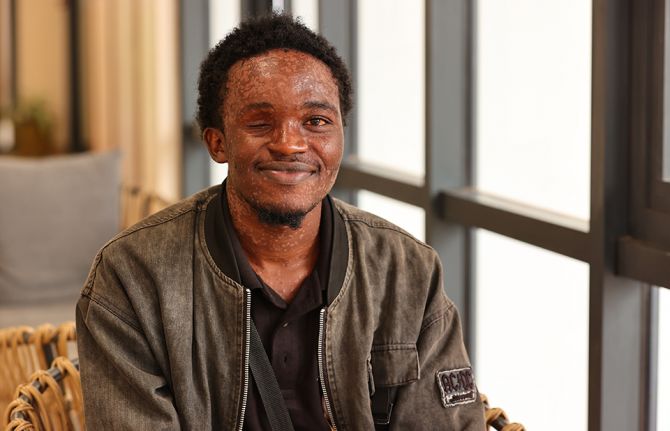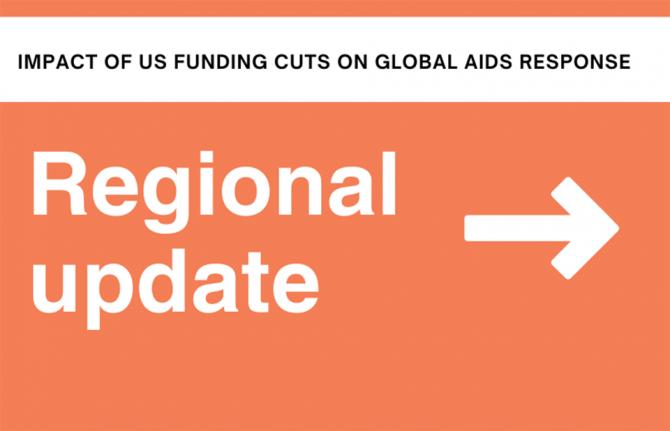
Update
Voluntary medical male circumcisions reach 10 million in sub-Saharan Africa
03 December 2015
03 December 2015 03 December 2015More than 10 million men and adolescent boys in sub-Saharan Africa have undergone voluntary medical male circumcision for HIV prevention, according to a recent announcement made by the World Health Organization (WHO).
At the 18th International Conference on AIDS and STIs in Africa (ICASA), taking place in Harare, Zimbabwe, WHO and UNAIDS co-hosted a satellite session to celebrate the achievement, but also to call for redoubling efforts on reaching adolescent boys and men.
This milestone is an impressive example of how communities, countries and global health agencies can work together to provide HIV prevention services to men and generate significant results towards ending the AIDS epidemic.
Randomized controlled trials have shown that voluntary medical male circumcision reduces the risk of acquiring HIV by about 60%. Follow-on studies have shown that this level of protection may increase over time to reach 74%.
Voluntary medical male circumcision, a one-time procedure, provides lifelong partial protection against HIV and is key to achieving the strategic milestone of reducing new HIV infections to fewer than 500 000 by 2020. In its new strategy, UNAIDS calls for 27 million new medical male circumcisions over the next five years as a core component of the Fast-Track approach.
Quotes
“In 2012, I chose with 35 other members of parliament to be circumcised. We need to lead from the front. It is one thing to be committed; it is another to take practical action. I call on all men, young and old, to be part of the solution. You are participating in building a nation. Voluntary medical male circumcision is smart. It is safe. It reduces HIV transmission.”
“We know our push for 27 million new medical male circumcisions as a part of the Fast-Track Strategy feels like we are again asking too much. It is based on our success with previous asks that seemed impossible. We ask because we have to. We cannot break this epidemic without scaling up voluntary medical male circumcisions.”
“Of all the HIV prevention interventions, voluntary medical male circumcision is among the most practical. Voluntary medical male circumcision continues to work well because of the testimonies from men in our communities. In Zambia, we have seen an entire nation transformed.”
“This is good news! We know we are not there yet, but having worked together we have made great progress. Let’s celebrate. Let’s thank each one of the 10 million who has stepped up.”
“On World AIDS Day, we announced that, as of 30 September 2015, the United States President’s Emergency Plan for AIDS Relief has supported more than 8.9 million voluntary medical male circumcisions in eastern and southern Africa. Further scale-up of voluntary medical male circumcision is key to achieving control of the HIV/AIDS epidemic in these regions, but partnerships are also critical. We cannot do it alone. We need other donors to join us in this effort.”



